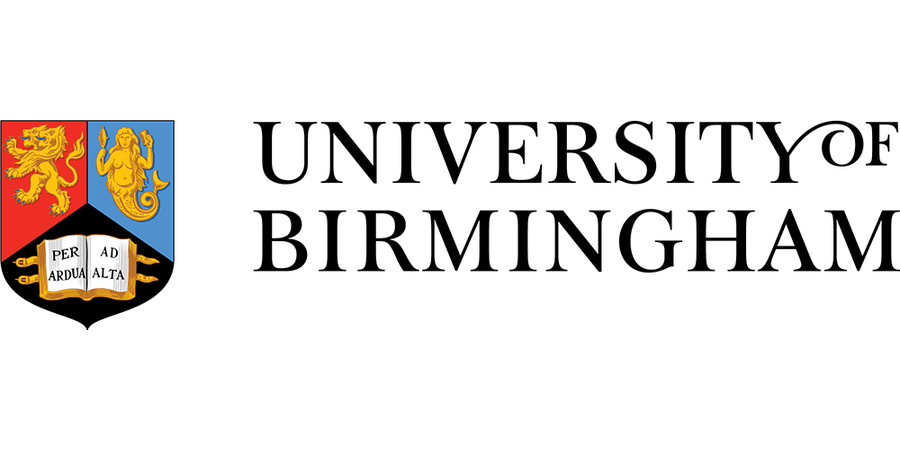PhD Studentship: Exploring glial-directed complement activation and neuroinflammation in models of progressive CNS disease
University of Birmingham - School of Infection, Inflammation and Immunology & School of Health Sciences
| Qualification Type: | PhD |
|---|---|
| Location: | Birmingham |
| Funding for: | UK Students |
| Funding amount: | Not Specified |
| Hours: | Full Time |
| Placed On: | 25th July 2025 |
|---|---|
| Closes: | 1st September 2025 |
Dysregulation of the complement system is increasingly recognised as a key driver of neuroinflammation and neurodegeneration in progressive CNS disorders, including multiple sclerosis and epilepsy. Recent findings have identified complement activation in tuberous sclerosis complex (TSC)—a rare genetic disorder caused by mutations in TSC1 or TSC2, leading to hyperactivation of the mTOR pathway and a spectrum of neurological symptoms.
This PhD project will explore how mTOR dysregulation drives glial activation, complement-mediated CNS injury and neural circuit dysfunction. Using organotypic brain slice cultures—a powerful 3D ex vivo model—this project will dissect the mechanistic links between mTOR signalling, reactive glial phenotypes, and complement activation. The project will also incorporate human post-mortem tissue analysis to validate findings in a clinically relevant context.
The successful candidate will benefit from a multidisciplinary environment, combining Dr Fulton’s expertise in brain slice models with Dr Chan’s research on mTOR signalling and metabolic drivers of epilepsy in mTOR related disorders. For information about the UoB Centre for Neurogenetrics, see: https://www.birmingham.ac.uk/research/centre-for-neurogenetics/centre-for-neurogenetics
Key Techniques:
Organotypic brain slice culture
Immunohistochemistry and confocal imaging
qRT-PCR and Western blotting
Immuno-metabolic profiling
Brain slice electrophysiology
Human neuropathology
Candidate Requirements:
We welcome applicants with a background in neuroscience, biomedical sciences, or a related field. Experience with tissue culture, microscopy, electrophysiology or neuroinflammation research is desirable.
Supervisors: Dr Daniel Fulton (d.fulton@bham.ac.uk) and Dr Felix Chan.
Funding notes:
Funding is available to cover UK tuition fees*, stipend and research costs. Only students who qualify for home fee status are eligible.
References:
[1] Schartz ND, Tenner AJ. The good, the bad, and the opportunities of the complement system in neurodegenerative disease. Journal of neuroinflammation. 2020 Dec;17(1):1-25.
[2] Gruber VE, Luinenburg MJ, Colleselli K, Endmayr V, Anink JJ, Zimmer TS, Jansen F, Gosselaar P... Aronica E, Muhlebner A. Increased expression of complement components in tuberous sclerosis complex and focal cortical dysplasia type 2B brain lesions. Epilepsia. 2022 Feb;63(2):364-74.
[3] Warwick CA, Keyes AL, Woodruff TM, Usachev YM. The complement cascade in the regulation of neuroinflammation, nociceptive sensitization, and pain. Journal of Biological Chemistry. 2021 Sep 1;297(3).
[4] Morgan BP, Gommerman JL, Ramaglia V. An “outside-in” and “inside-out” consideration of complement in the multiple sclerosis brain: lessons from development and neurodegenerative diseases. Frontiers in Cellular Neuroscience. 2021 Jan 7;14:600656.
[5] Liddelow SA, Guttenplan KA, Clarke LE, Bennett FC, Bohlen CJ, Schirmer L, Bennett ML, Münch AE, Chung WS, Peterson TC, Wilton DK. Neurotoxic reactive astrocytes are induced by activated microglia. Nature. 2017 Jan 26;541(7638):481-7.
Advert information
Type / Role:
Subject Area(s):
Location(s):









